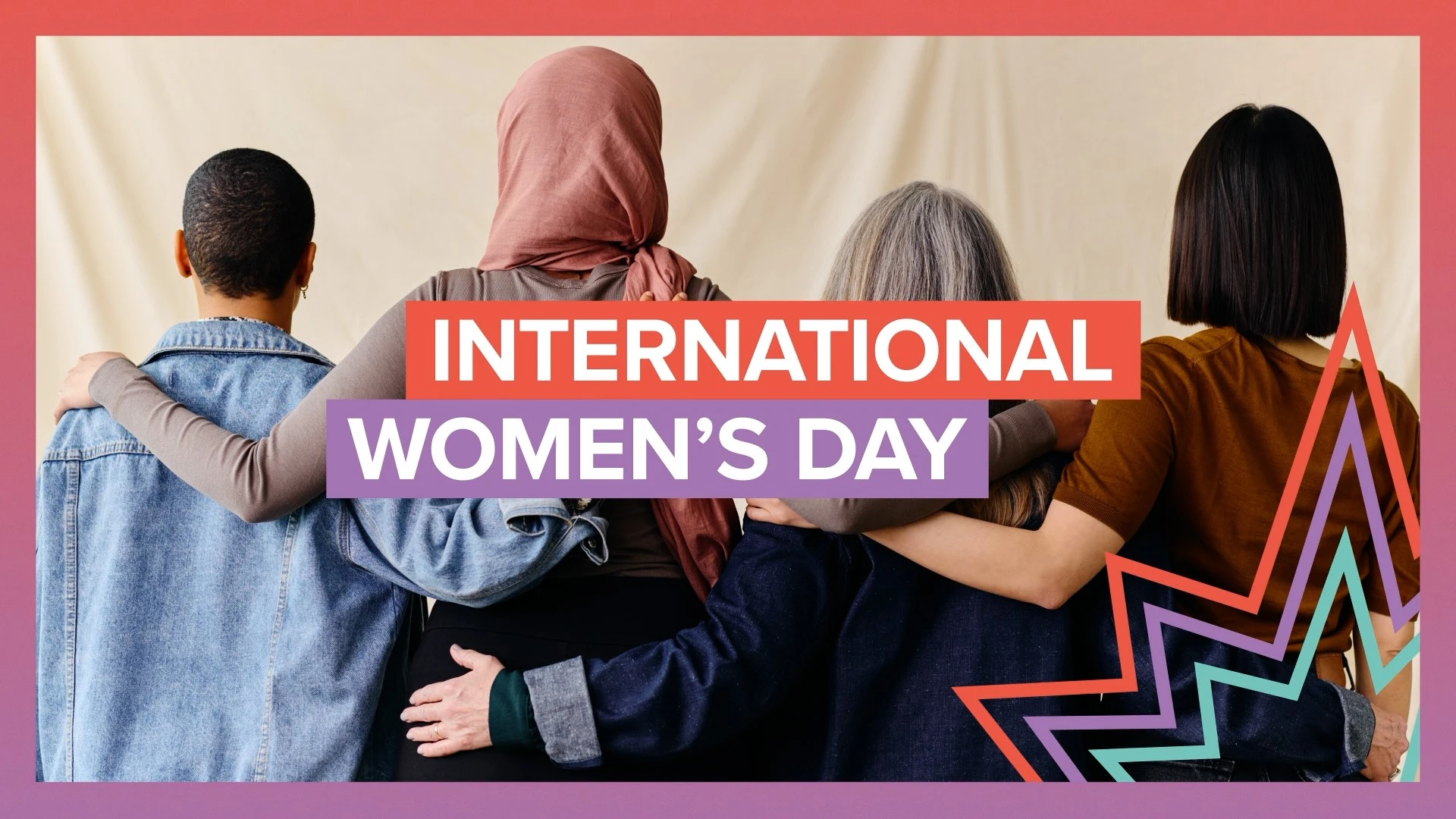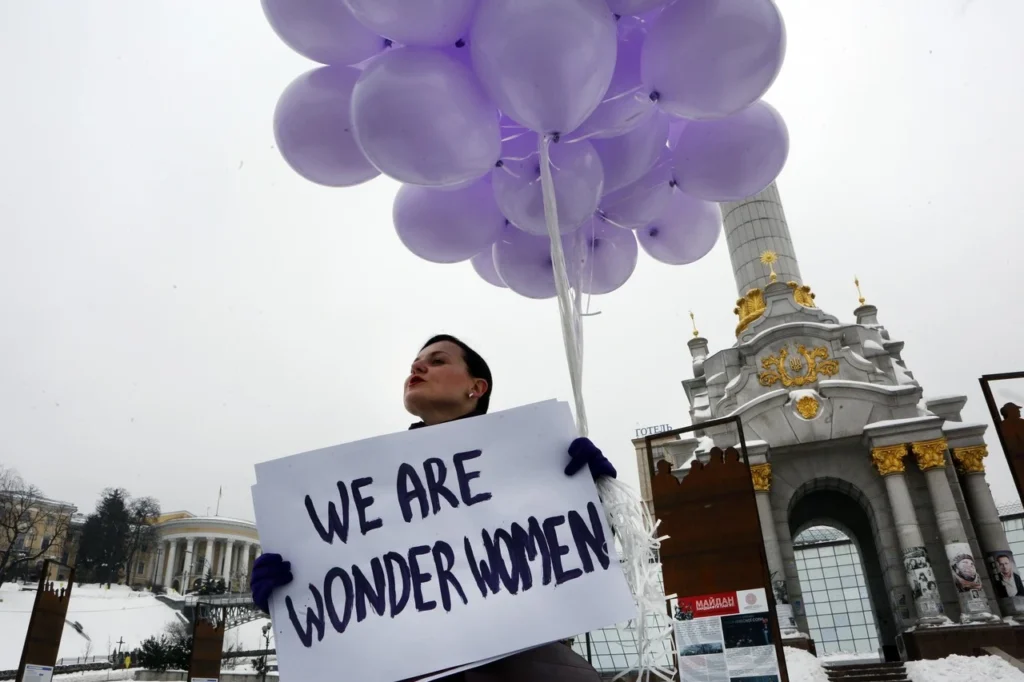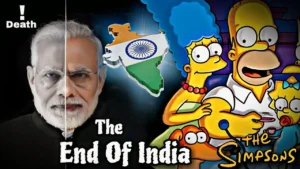Introduction
March 8th marks a significant occasion celebrated globally: International Women’s Day. This annual event is more than just a date on the calendar; it’s a testament to the resilience. Achievements. And ongoing struggle for gender equality by women worldwide. As we delve into the history. Significance. And modern-day celebrations of International Women’s Day. We recognize its pivotal role in shaping a more equitable and inclusive world.
The Origins of International Women’s Day
The roots of International Women’s Day trace back to the early 20th century. Amidst a backdrop of burgeoning women’s rights movements across the globe. In 1909, inspired by a massive New York City garment workers’ strike. The first “Women’s Day” was observed. Advocating for better working conditions. Suffrage. And fundamental rights for women.
The initiative quickly gained international momentum, with the idea of a designated day for women’s rights gaining traction at the International Conference of Working Women in Denmark in 1910. Subsequently, the first International Women’s Day was celebrated in 1911, though the date was not standardized until later.
Celebrations Around the World
International Women’s Day is observed in various ways worldwide, reflecting diverse cultural traditions, social contexts, and historical legacies. In Italy, it’s customary to exchange small yellow mimosa flowers, symbolizing female strength and solidarity. Similarly, in Romania, the day resembles Mother’s Day, with people honoring maternal figures with cards and flowers.
In countries like the United States and Australia, Women’s History Month is observed throughout March, with events, panel discussions, and initiatives highlighting women’s contributions to society. Russia observes the day as a national public holiday, albeit with a more commercialized focus on gift-giving.
China recognizes International Women’s Day with a blend of official acknowledgment and commercial promotions, encouraging employers to grant female employees a half-day off while promoting gift purchases. Spain and Argentina have seen a resurgence of protests and demonstrations, addressing issues ranging from gender-based violence to pay equity and representation.
1. Italy
On March 8 women are traditionally given bunches of small yellow mimosas; the chosen symbol of International Women’s Day in this country. Also seen to symbolize female strength, it’s common for women to pass springs of mimosas to each other as a sign of female solidarity. (Being a food-oriented country, you’ll find cakes and pasta created with vibrant yellow colors to resemble the flower!)
2. Romania
In Romania, International Women’s Day is celebrated in a similar way to Mother’s Day, providing a reason for people, particularly men, to recognize their mothers, grandmothers, and friends with children by giving them cards and flowers.
3. United States
International Women’s Day is not an official holiday in the United States, though the month of March is known as Women’s History Month; a period of time to call attention to women’s achievements throughout history both past and contemporary. On March 8th itself, capital cities host rallies, conferences, and business events bringing together conversation and thought leadership around the topic.
4. Russia
Though the date has been an official national public holiday in Russia since 1918, its original meaning seems to have largely forgotten its political roots, instead recognizing women in general terms through gift-giving.
5. China
While Girl’s Day is March 7 in China, the country has recognized International Women’s Day since 1949. On March 8th employers are encouraged—though not obliged—to give their female staff a half-day off. However, there’s also a strongly-rooted commercial side to the day, in which men are encouraged to purchase presents for the women in their lives.
6. Australia
Australians have marked International Women’s Day for decades, though marches have become particularly widespread since the early 1970s. The day itself plays out across the country with a variety of panel discussions, breakfasts, and events featuring prominent women in their fields, speaking publicly to call for more representation, equality, and diversity across the board.
7. Spain
After the unexpectedly large-scale success of the general strike in Spain in 2018 in which more than 5 million people walked out for 24 hours. The country continues to take to the streets. While a mass strike is not necessarily the focus of future International Women’s Days. The Spanish people are clear in their aim to increasingly focus on rights for women and girls.
8. United Kingdom
Held over three days in London, including International Women’s Day, the Women of the World festival features speakers, activists, and performers who come together to tackle the issues facing women globally. Founded in the UK, WOW now has sister-festivals in other parts of the world, with discussions, talks, and exhibitions that intertwine and feed each other under the one name.
9. Chile
The day is marked by marches through several cities, particularly Santiago the capital, with protesters likely wearing green handkerchiefs to symbolize their support of sexual and reproductive rights. Chants, drumming beats, even elaborate costumes also feature.
10. Argentina
Celebrated since the 1900s, Argentinians typically marked International Women’s Day by giving presents to the women in their lives. However, in recent years protests have become a regular feature, with citizens increasingly taking to the streets to demonstrate against violence, the still-present pay gap, equal representation in the arts, and other social change.
Themes and Initiatives
Each year, International Women’s Day adopts a thematic focus to address pressing issues facing women globally. Recent themes have encompassed gender equality, women’s empowerment, and inclusive leadership. The 2024 theme, #InspireInclusion, emphasizes the importance of fostering diverse and inclusive environments where all women can thrive.
Numerous initiatives and campaigns accompany International Women’s Day, ranging from educational programs and charity drives to advocacy campaigns and policy reforms. Organizations and individuals worldwide leverage the day to raise awareness, drive change, and amplify the voices of women.
Celebrating in the Workplace
The workplace plays a crucial role in advancing gender equality and promoting inclusivity. Employers can mark International Women’s Day by hosting events, workshops, and discussions centered on gender diversity, leadership development, and allyship. From high tea gatherings to panel discussions featuring prominent women leaders, there are myriad ways to engage employees and demonstrate organizational commitment to gender parity.
Creative initiatives such as thank-you videos. Inspirational quotes. And social media campaigns can further amplify the message of International Women’s Day within the workplace and beyond. By showcasing appreciation for women’s contributions. Acknowledging systemic barriers. And committing to tangible actions. Businesses can contribute to a more equitable society.

Looking Ahead
As we commemorate International Women’s Day, it’s essential to reflect on the progress made in advancing gender equality while recognizing the work that remains. While significant strides have been achieve. Challenges such as gender-based violence, economic disparities, and underrepresentation persist.
By fostering collaboration, advocacy, and solidarity, we can create a world where every woman and girl has the opportunity to fulfill her potential and contribute to society. International Women’s Day serves as a reminder of the collective power of individuals and organizations to effect meaningful change and build a more inclusive future for all.
Also Read : Lord Shiva Avatars: Divine Transformations
Conclusion
International Women’s Day is not just a day; it’s a movement—a global call to action to dismantle barriers. Challenge norms. And build a more equitable world. From its humble beginnings to its current status as a global phenomenon. International Women’s Day continues to inspire and unite people in the fight for gender equality.
As we celebrate the achievements of women past. Present. And future. Let us reaffirm our commitment to creating a world where all women and girls can thrive. Free from discrimination and injustice. Together. We can make International Women’s Day more than just a date on the calendar—we can make it a catalyst for lasting change.






